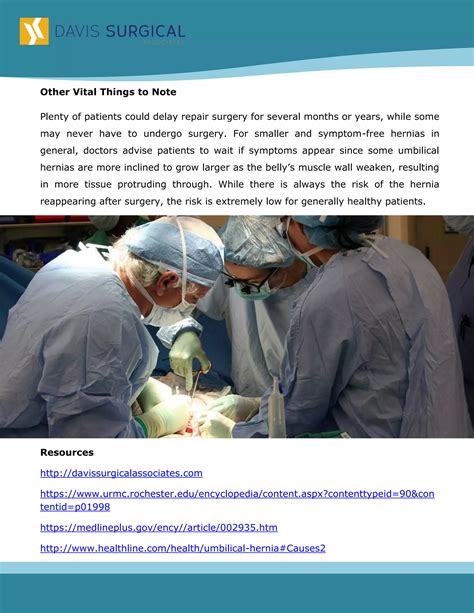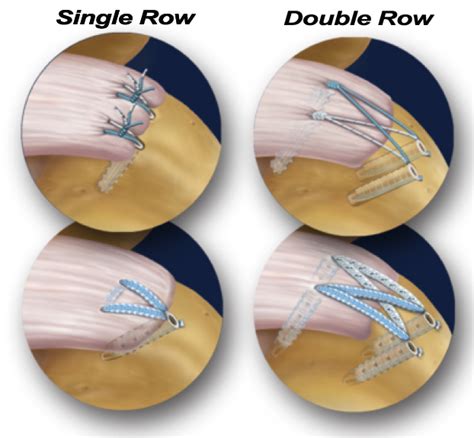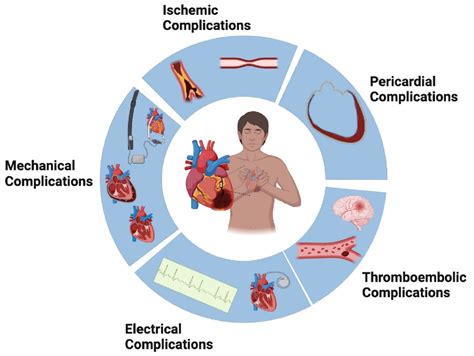Intro
Learn about Umbilical Hernia Repair Surgery, a minimally invasive procedure to fix abdominal wall defects, reducing hernia symptoms and complications, with laparoscopic techniques and post-op care.
Umbilical hernia repair surgery is a common procedure that aims to fix a hernia that occurs in the navel area. This type of hernia is more common in infants, but it can also occur in adults. An umbilical hernia happens when part of the intestine protrudes through an opening in the abdominal muscles, near the navel. This can cause discomfort, pain, and potentially lead to complications if left untreated. The importance of addressing umbilical hernias lies in preventing these complications and improving the quality of life for those affected.
The decision to undergo umbilical hernia repair surgery is often made after considering the severity of symptoms and the risk of potential complications. For many, the prospect of surgery can be daunting, but understanding the process, benefits, and what to expect can make the experience less intimidating. It's essential to consult with a healthcare provider to determine the best course of action, as they can provide personalized advice based on individual circumstances. The healthcare provider will assess the hernia and discuss the options available, including the possibility of watchful waiting for small hernias or surgery for larger ones or those causing significant discomfort.
Umbilical hernia repair surgery is generally effective and safe, with most people experiencing significant relief from symptoms post-operation. The procedure can be performed using open surgery or laparoscopic methods, each with its own set of advantages. Open surgery involves making a single incision near the navel to repair the hernia, while laparoscopic surgery uses several small incisions and a camera to guide the repair. The choice between these methods depends on various factors, including the size of the hernia, the patient's overall health, and the surgeon's preference. Understanding these options and their implications can help individuals make informed decisions about their care.
Understanding Umbilical Hernias

Causes and Risk Factors
The causes and risk factors for umbilical hernias vary between infants and adults. Infants are more likely to have congenital umbilical hernias, which often close on their own within the first few years of life. Adults, on the other hand, may develop umbilical hernias due to strain on the abdominal wall, such as during pregnancy, heavy lifting, or prolonged straining during bowel movements. Understanding these causes and risk factors can help in preventing the development of umbilical hernias in some cases.Diagnosis and Evaluation

Preparation for Surgery
For those undergoing umbilical hernia repair surgery, preparation is key to ensuring a smooth and successful procedure. This includes following the surgeon's instructions regarding fasting before the operation, stopping certain medications, and arranging for post-operative care. The healthcare team will also provide detailed information on what to expect during and after the surgery, including potential risks and complications. Being well-prepared can significantly reduce anxiety and improve outcomes.Surgical Repair Options

Post-Operative Care and Recovery
After umbilical hernia repair surgery, patients typically experience some discomfort, which can be managed with pain medication. It's essential to follow the surgeon's instructions regarding rest, wound care, and when to resume normal activities. Most people can return to their usual activities within a few weeks, although heavy lifting and strenuous exercise may need to be avoided for a longer period. Understanding the recovery process and having realistic expectations can help make the post-operative period smoother and less stressful.Complications and Risks

Preventing Future Hernias
Preventing future hernias involves maintaining a healthy weight, avoiding heavy lifting, and managing conditions that increase abdominal pressure, such as chronic cough or constipation. Engaging in regular physical activity and eating a balanced diet can also help in strengthening abdominal muscles and reducing the risk of developing another hernia. Adopting these lifestyle modifications can be beneficial not only for preventing hernias but also for overall health and well-being.Conclusion and Next Steps

We invite you to share your thoughts or questions about umbilical hernia repair surgery in the comments below. If you found this article informative, please consider sharing it with others who might benefit from this information. Your engagement and feedback are valuable to us, and we look forward to hearing from you.
What are the symptoms of an umbilical hernia?
+Common symptoms include a bulge or swelling near the navel, discomfort or pain, especially when coughing, straining, or lifting heavy objects, and a feeling of heaviness or pressure in the abdomen.
How long does it take to recover from umbilical hernia repair surgery?
+Recovery time varies, but most people can return to their normal activities within a few weeks. However, it may take several months for the body to fully heal and for the abdominal muscles to regain their strength.
Can umbilical hernias be prevented?
+While not all umbilical hernias can be prevented, maintaining a healthy weight, avoiding heavy lifting, managing chronic cough, and eating a high-fiber diet to prevent constipation can reduce the risk of developing a hernia.
